Reportar esta entrada
Más sobre la misma comunidad-colección
Basketball championship game in 1966
The image shows a scene of the famous NCAA Men's Division I ...
1965–66 Texas Western Miners basketball team
The image shows the 1965–66 Texas Western Miners basketball ...
Basketball championship game in 1966
The image shows the players during the famous 1966 NCAA Men's ...
Crowd during Basketball Game in 1960s
The image shows the crowd during a basketball game of the Miners ...
Swimming Pool on Texas Western College Campus
The image shows the open-air swimming pool on the Western Texas ...
Championship Team Arriving in El Paso, Texas in 1966
The image shows a delegation, waiting for the return of the 1966 ...
Baseball Cheerleaders - El Paso, Texas
The image shows cheerleaders of the Miners' baseball team in the ...
Cheerleader - Pam Seitz Pippen - El Paso, Texas
The image shows one of the cheerleaders of the Miners (Texas ...
Sun Carnival Basketball Tournament in 1961 - Newspaper Article
The picture shows the newspaper article by the Herald Post which ...
Basketball championship game in 1966
The image shows Harry Flournoy during the 1966 championship ...
Basketball Championship Game in 1966 - El Paso, Texas
The image shows David Lattin during the 1966 championship game. ...
"The Black Panther Party in America"
"An analysis and historical exploration into the formation of ...
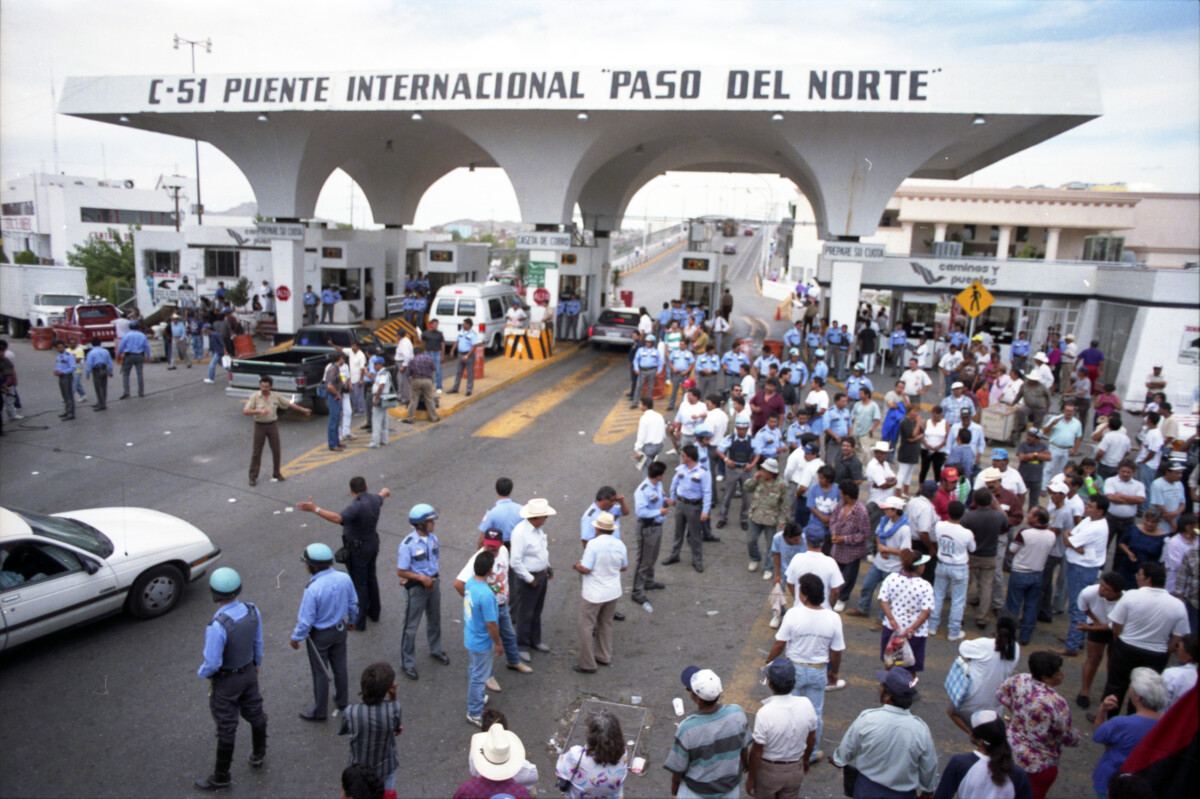
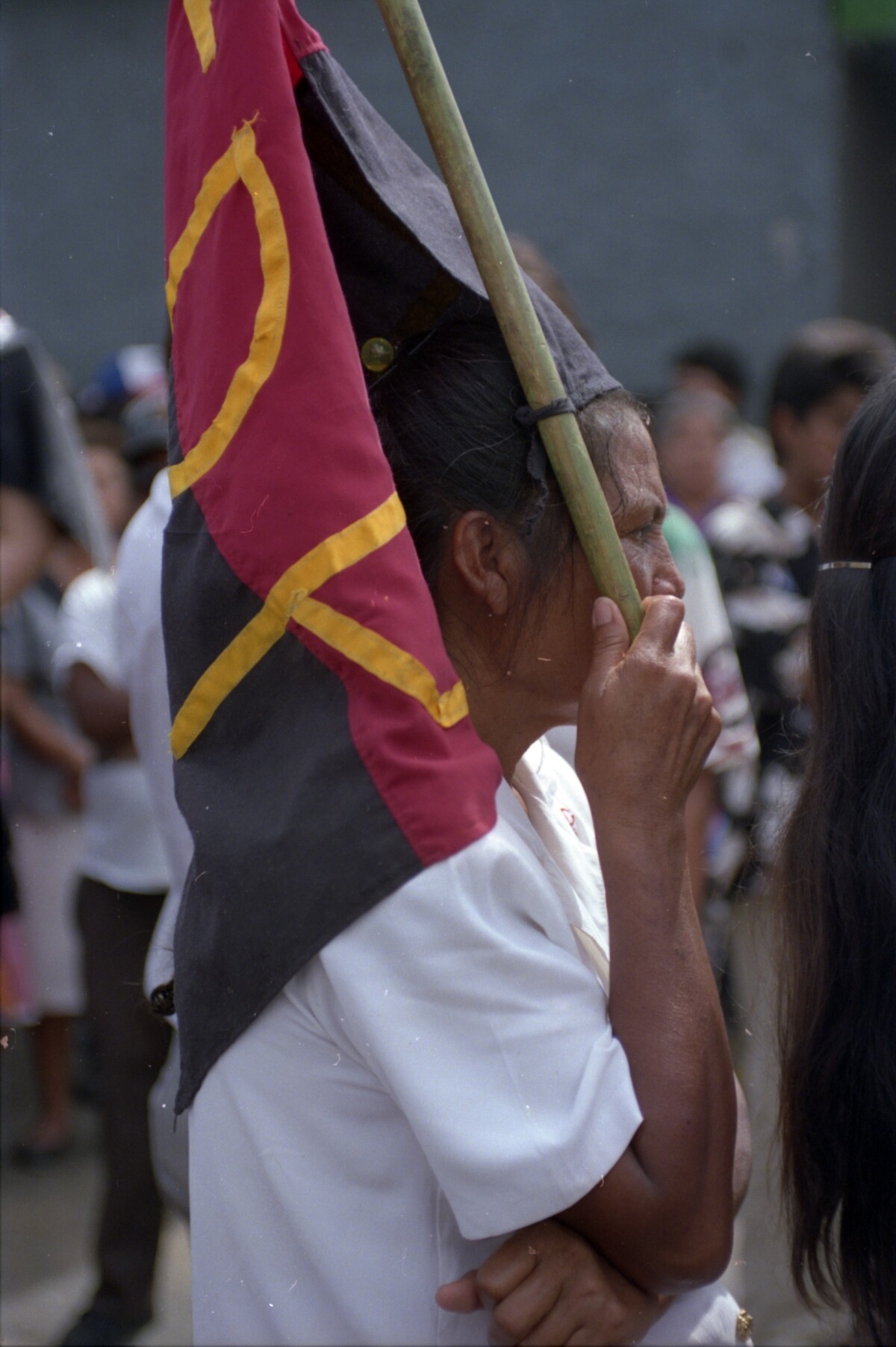

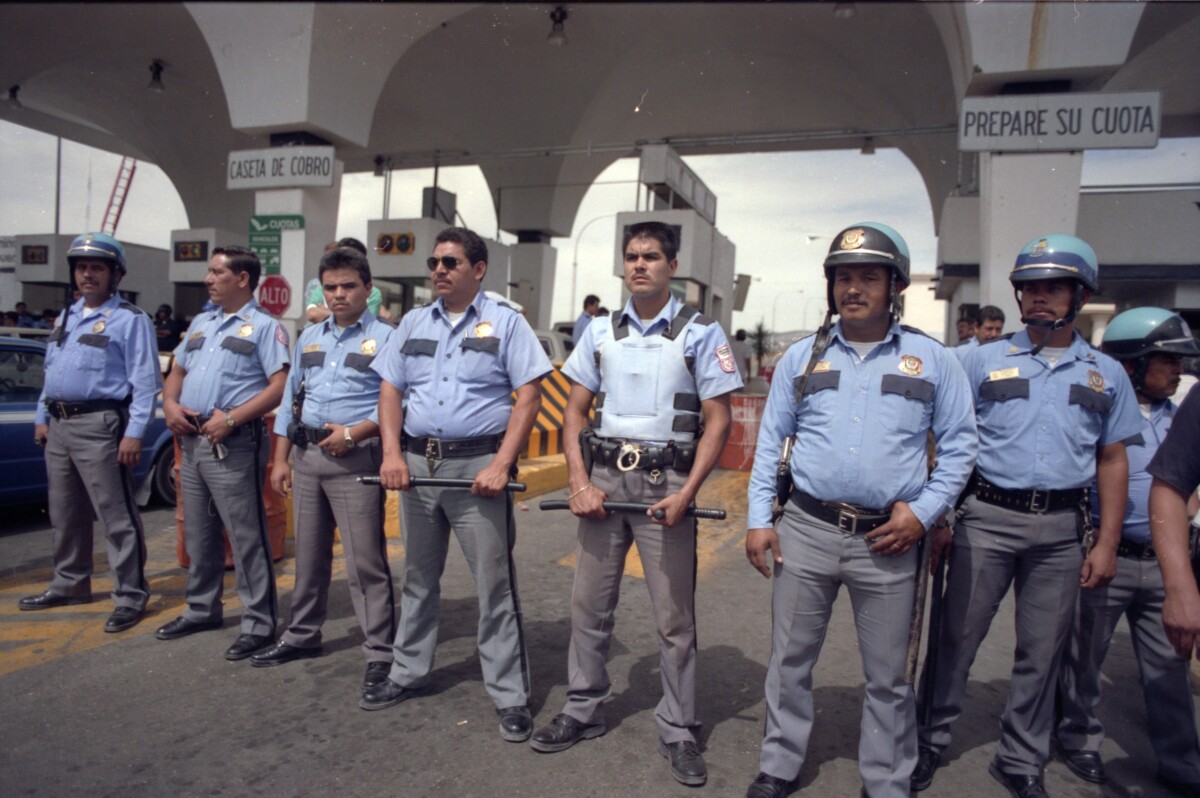
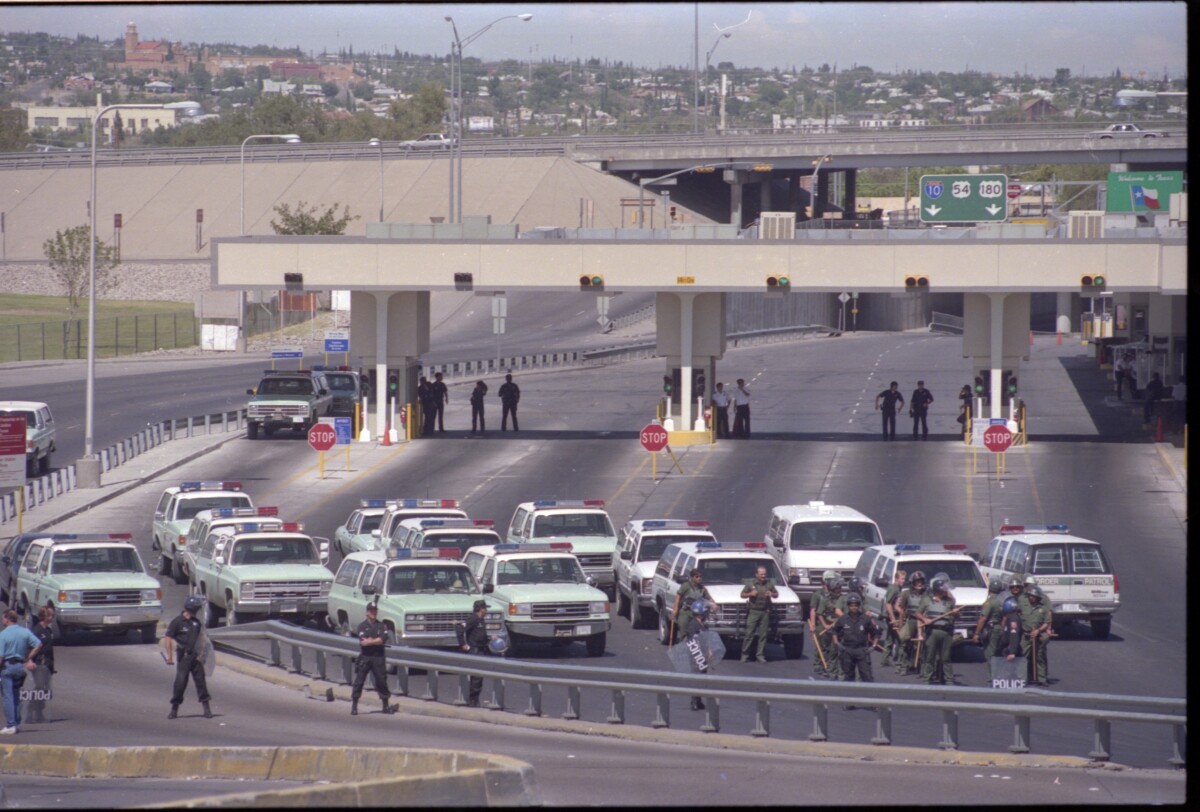

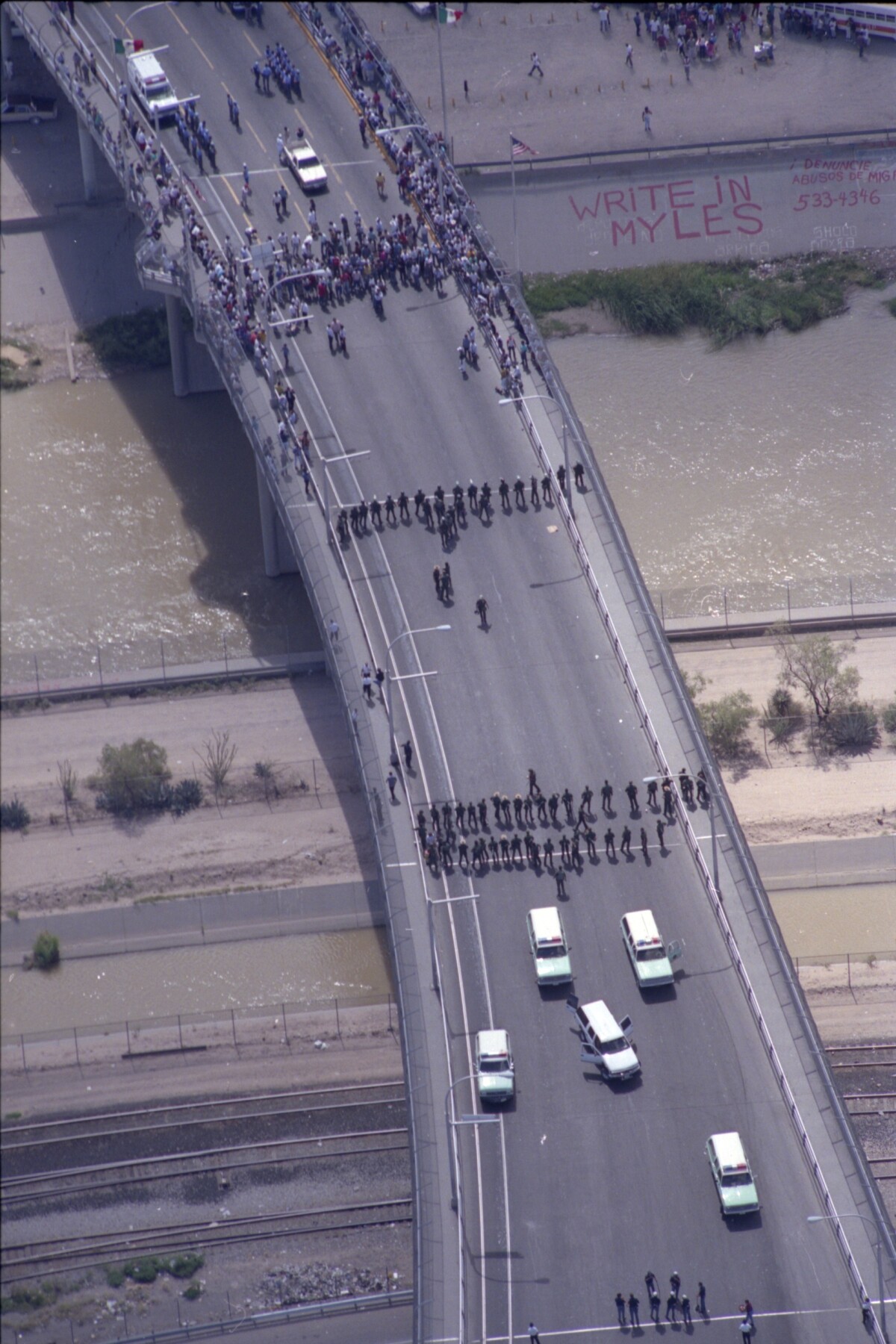
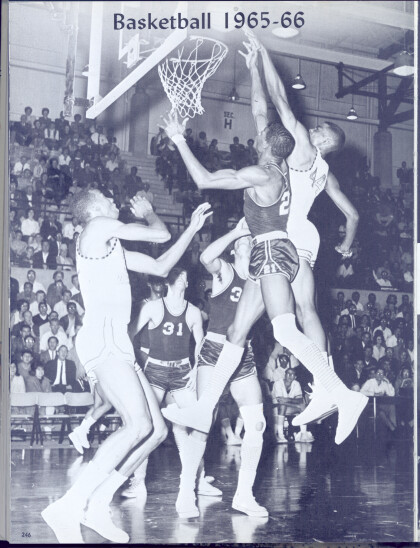
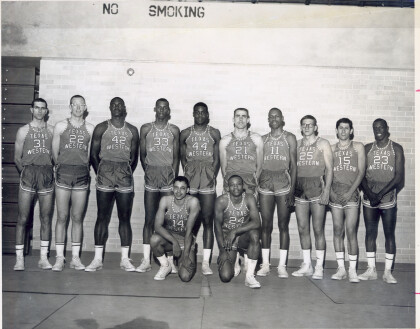


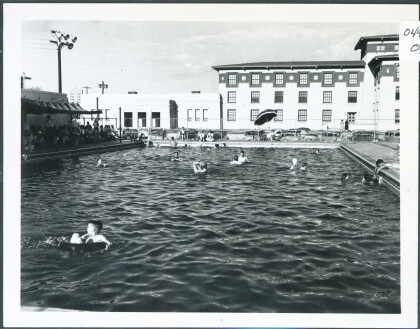
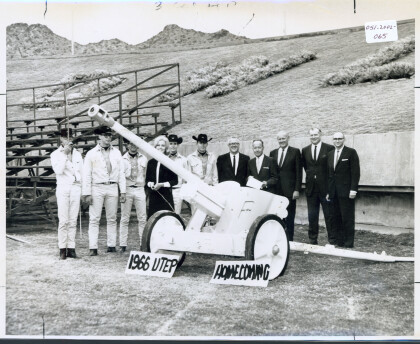





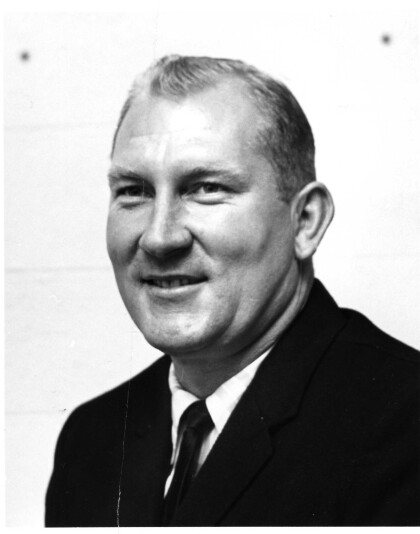

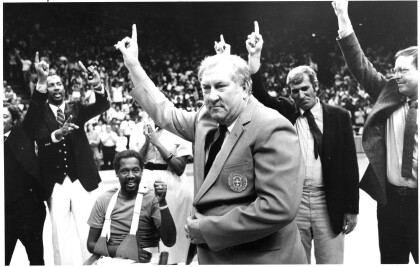

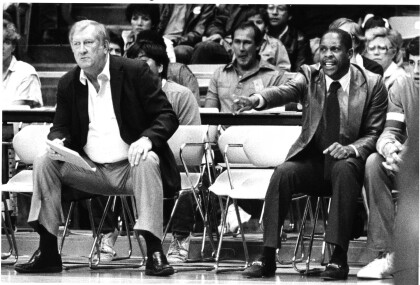


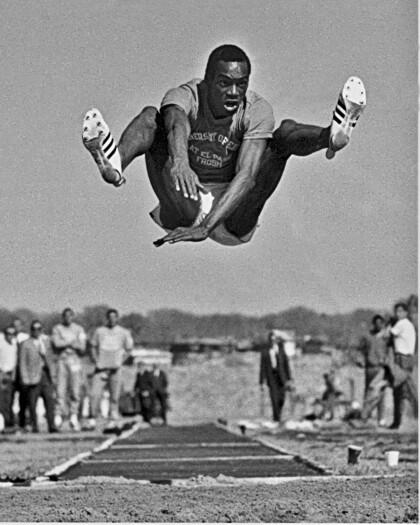
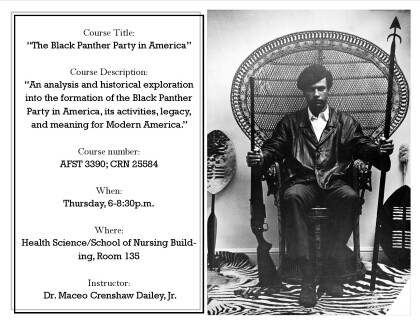
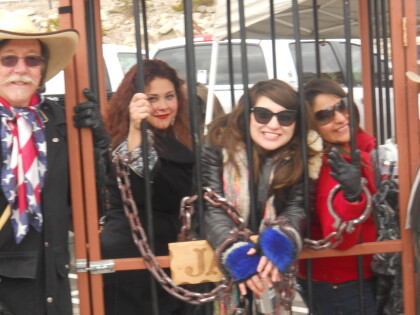
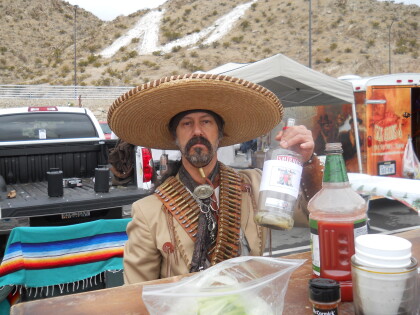
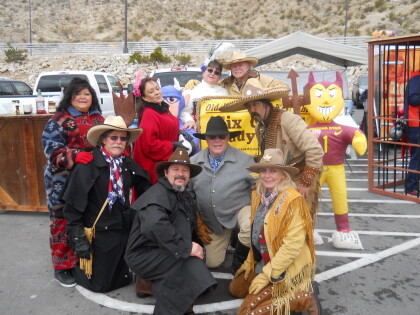
Comentarios
Hacer un comentario